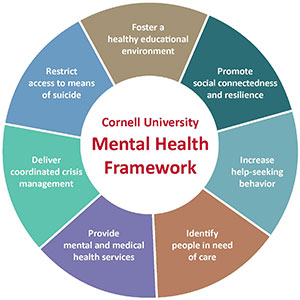Information Technology in Healthcare
IT has become a fundamental part of our day-to-day lives. It’s in this that the…
 IT has become a fundamental part of our day-to-day lives. It’s in this that the healthcare sector has also gotten onto the train. This has been a result of the massive positive impact that IT has had in our lives. It takes just a few seconds and a dollar to make a phone call across the globe, while ten-twenty years ago, this was unimaginable.
IT has become a fundamental part of our day-to-day lives. It’s in this that the healthcare sector has also gotten onto the train. This has been a result of the massive positive impact that IT has had in our lives. It takes just a few seconds and a dollar to make a phone call across the globe, while ten-twenty years ago, this was unimaginable.
Medical care can be improved through Health Information Systems (IT) in various ways. It is beneficial to both patients as well as medical practitioners. Healthcare software solutions are cost-effective; provide centralized management of patient records, New Medical Research Topics billing, financial management and other key aspects related to the healthcare management. Thus, besides managing patient records, healthcare services providers/medical practitioners can benefit from software to manage and organize their business.
Administratively, it helps in preventing errors, which were most probably a big headache in the traditional paperwork environment. Creating medical bills, recording patient profiles and generating piles and piles of medical files were very hectic and error-prone. However, with efficient healthcare software, one can expect smooth healthcare management, with minimal mistakes if any. It enhances the level of productivity through time saving while creating bills, invoices, balancing accounts, recording patient reports etc
Healthcare software systems all-in-all bring about an increase in quality of the service delivered and bring about efficiency gains within the organization; promoting patient safety, upgrading security protocols, electronic health records, computerized provider order entry. Besides this, electronic billing and claims submission rapidly generate additional savings by decreasing the costs of creating bills and speeding reimbursement.
Many healthcare software solutions incorporate features such as administrative billing and financial general ledger, cost accounting systems, patient registration, personnel and payroll, electronic materials management, clinical computerized provider order entry for drugs, lab tests, procedures, electronic health record, picture archiving and communication systems, filmless imaging, results reporting of laboratory and other tests, clinical decision support systems, prescription drug fulfillment, error-alert, transcriptions, electronic monitoring of patients in intensive care, units, it infrastructure such as desktop, laptop, and tablet computers, servers and Health Insurance That Covers Everything networks, wireless networks, voice recognition systems for transcription, physician orders, and medical records, bar-coding technology for drugs, medical devices, and inventory control, information security systems, physicians, administrative billing, and financial accounting, scheduling, clinical online references (drug compendia and clinical guidelines), receiving lab results and other clinical information, online, electronic prescribing, computerized provider order entry, clinical decision support systems, electronic health record, e-mail communication with patients infrastructure desktop and laptop computers handheld technology servers and network.








